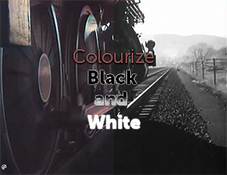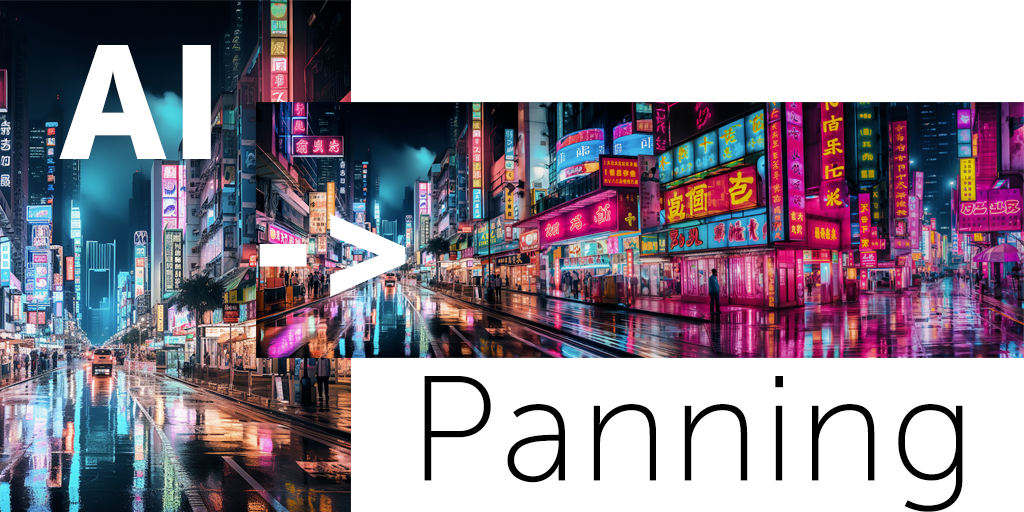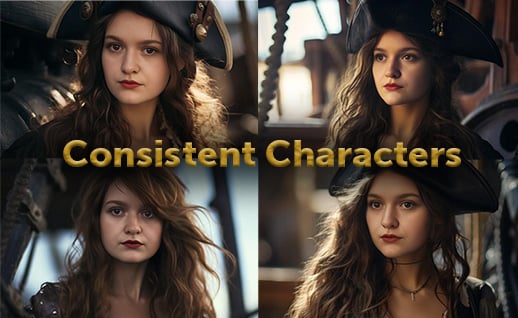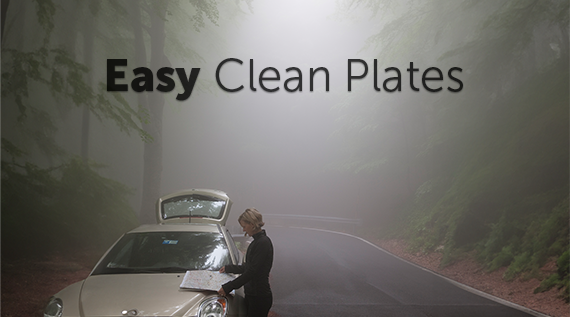The path to better stories begins with a clear map of the journey.

Whether your movie is going to be long, medium, short, or extra-extra short, storyboarding is the first step toward visualizing your ideas and putting them into their proper sequence. Working out important decisions during this preproduction phase could save you time and money down the road.
As you chart the elements of each scene, your storyboards bring into focus any gaps or impracticalities in your story. Storyboarding helps you figure out which shots are necessary and how to achieve them, and determine where existing footage could help you meet your objectives on time and on budget.
What do I need to include in my storyboards?
Your storyboards, which you’ll draw to the proportions you’re shooting for (such as 16:9 for HDTV), will contain only the necessary information for any given shot. If you’re an art director or producer, you might need storyboards to help you sell your concept to clients or investors to approve your proposed locations, casting needs, and timeframe. If you’re a director, your boards might be geared toward shooting, relaying technical information about camera angles, lighting, and special effects for crew to follow. No matter who your boards are intended to serve, this phase will help you refine your shot list and see how the words of your story will come to life on the screen.
How exact should they be?
There’s no consensus on how detailed your boards ought to be or the tools you should use to make them. Some filmmakers believe that rough pencil sketches work just fine (see this side-by-side video of Martin Scorsese’s Taxi Driver with his storyboards and scenes). If you need buy-in from a client or investor, however, you’ll want to go with something more professional and polished. While they don’t have to be exact, they do need to communicate essential information about the composition, characters, perspective, and motivation behind each scene. Also, if you know you’ll be adding titles or motion graphics in postproduction, you’ll want to leave negative space in your shots where that information will eventually go.
Taking the time to craft a carefully thought-out, annotated, and organized story sequence will only strengthen your vision and help you see how your resources are being allocated. You might realize in the process that you won’t be able to shoot in every location as planned. If, say, renting a helicopter and shooting aerial footage would eat up your entire budget, you can turn to stock footage for a fraction of the cost. And if you run out of time to shoot that one scene in Vegas, for example, you could shoot your characters against a green screen and key in stock later. As you create your boards, you’ll see what is and isn’t possible given the time, talent, and financial constraints for your project. (Unless you’re Scorsese, you’ll probably have to make compromises, and it’s better to determine which ones early in the process.)
OK, so now how do I make them?
If you can afford to, you could hire a professional storyboard artist to make them for you. If you’re a designer and you work with graphics software like Photoshop, you can make them that way. You could even put them together using PowerPoint or Keynote. In a pinch, pencil-and-paper sketches can also get the job done. Just make sure that what you present is based on what you can actually deliver.
Your concept is only as good as your ability to execute it, so use storyboards to get you on your way toward creating your very best work.
(Photo: Flickr user 3:19 under CC 2.0)
Posted by
Jon Parker
.png)
.png)
.png)




